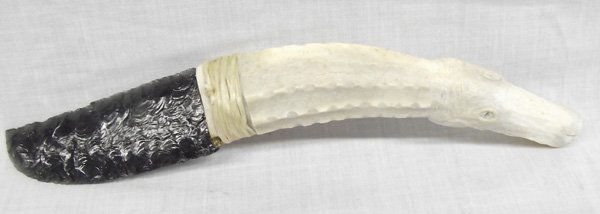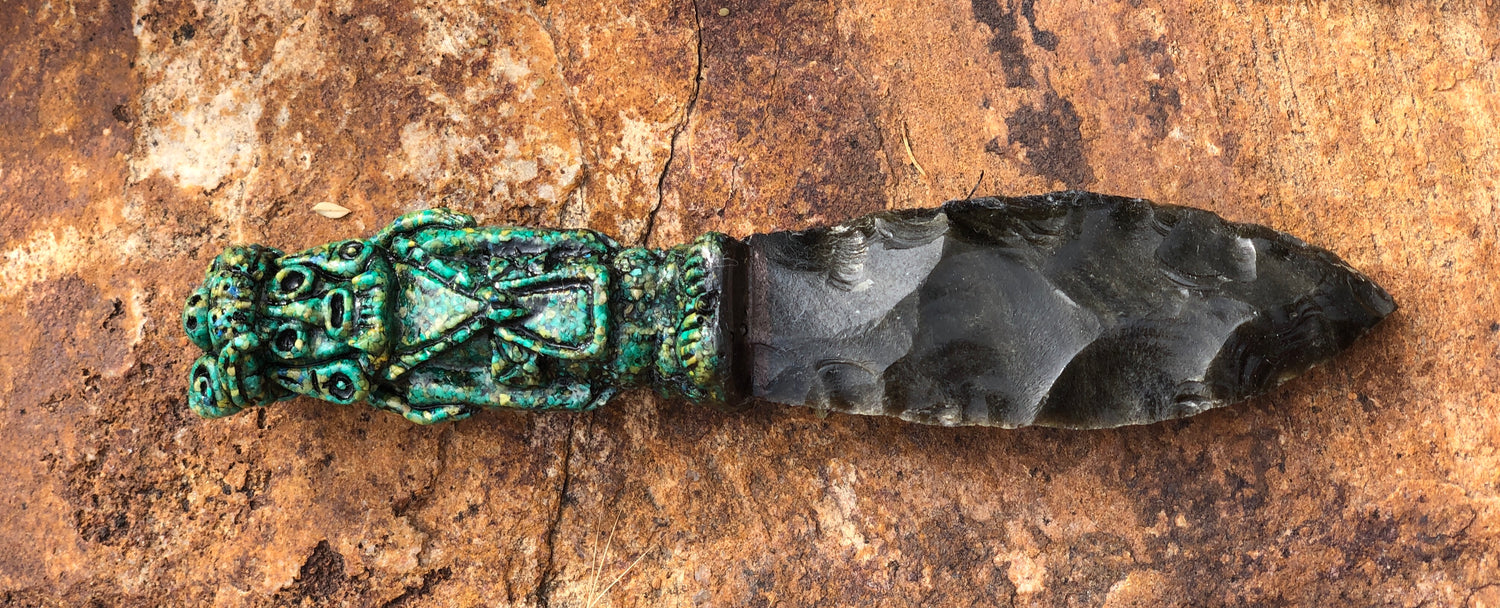
Who knew volcanic glass could be so varied? It’s a truly dazzling display of diversity. All of these are commonly available, although costs vary, and there are rarer forms like Fire Obsidian that have emerged as well. While most of us think of obsidian as a black stone, the massive differences in impurities actually create dozens of varieties of obsidian to choose from.Īmong the more common are Snowflake Obsidian, Golden/Silver Sheen Obsidian, and Mahogany Obsidian.

While not the only trade good from early in human history, the use of obsidian in tools undoubtedly made it one of the most important! 3. The Mayan and Aztec empires also used it extensively. The studies were prompted by discoveries of obsidian artifacts in regions known to not hold obsidian. In North America, the subject has been studied extensively. It doesn’t occur everywhere, so groups that lived near large deposits could bring it to trade for other goods during their travels.

The conchoidal fracture travels more smoothly than in stones with a crystalline grain structure, no matter how fine.īecause of this, obsidian was transported across large areas as an important trade good. The cool thing is that it works just like every other knappable stone (ie: flint, jasper, chert)… but better. It’s also more highly regarded for ornamentation. While flint is the material known best to many people, obsidian is a superior material for tools in almost every way. Obsidians use in artifacts dates back to the dawn of humanity. While it may seem a small thing, since it still looks, feels, and carves like a stone, it’s actually an important distinction that puts obsidian’s shiny black surface into a different context. Minerals are usually a known chemical compound crystallized into whatever form, sometimes with impurities either in the crystalline matrix (as seen in amethyst) or just present throughout the structure (for material like chrome chalcedony). It’s also not really possible to call it a mineral as the individual makeup of various obsidian flows are too different from each other. The actual makeup is very similar to rhyolite, with an extremely high silica content laced with impurities.

Indeed, the fact that obsidian is glass instead of a crystalline mineral is responsible for many of the unique properties that humans take advantage of. The difference here is simple: obsidian lacks an internal crystalline structure. Obsidian is actually an amorphic solid, despite the fact that it appears to be a stone at a casual glance.


 0 kommentar(er)
0 kommentar(er)
